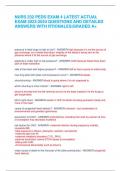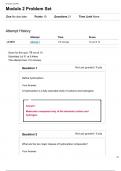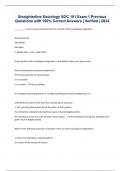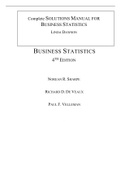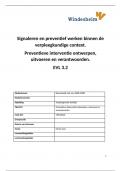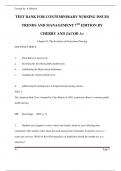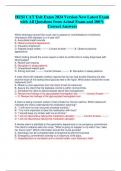Exam (elaborations)
BIO 106 Final Exam Study Guide Questions and Answers well Explained Latest 2024/2025 Update 100% Correct.
- Course
- Institution
Who gets harmed, who benefits in each type of interaction? - • Mutualism (prey and predatory benefit from interaction) • Consumption (one benefits and one is harmed by interaction. Includes: predation, parasitism, herbivory) • Competition (both are harmed by interaction - but one harmed m...
[Show more]





